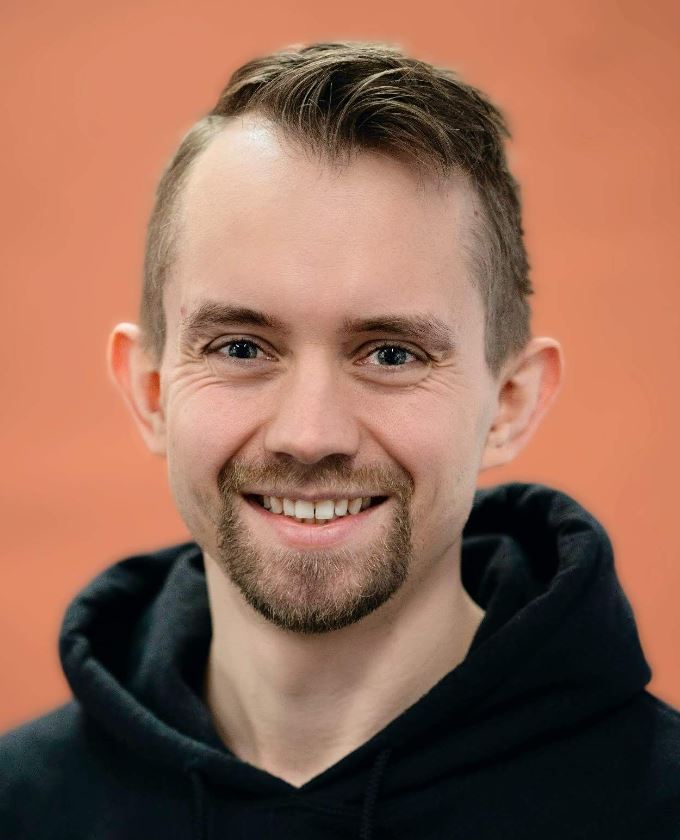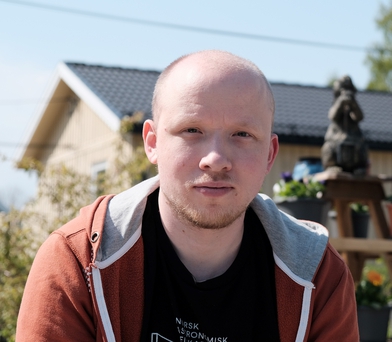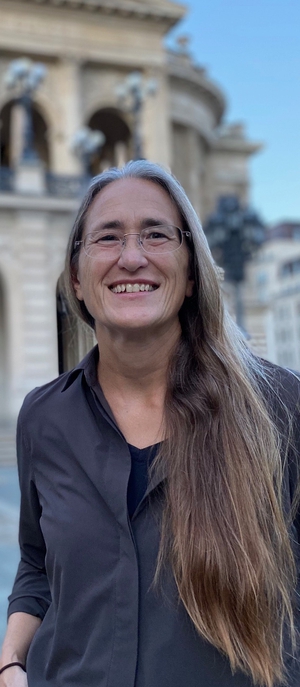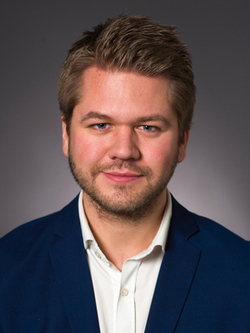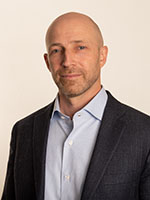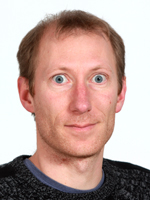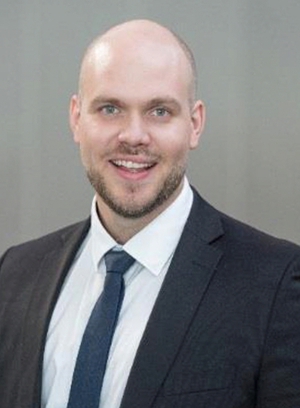Events - Page 2
Vidar Skogvoll:
The Learning Assistant (LA) program is KURT’s program for providing group teachers at the UiO MatNat Faculty with basic pedagogy and group management skills to lead effective seminars - implementing active learning, fostering discussion and encouraging attendance.
The LA-model was developed at the University of Colorado Boulder in 2002, has been subject to several research efforts demonstrating its impact and was implemented by Tor Ole Odden at UiO in 2018. In the fall of 2023, I took over the project and have completed my first iteration of the program with complete attendance from all 17 group teachers and received positive feedback.
In this talk, I will lay out the program as it was implemented this fall, share the feedback I have received, discuss reflections that I have made, and ask for your insight on areas of improvement.
Børge Irgens:
When moving away from lectures, ensuring students come to class prepared to do other activities can be challenging.
In this talk, I present a case from the third-semester course FYS-1001 Mechanics at the University of Tromsø, where I have implemented a technique called the Readiness Assurance Process using individual and collaborative two-stage tests to encourage students' pre-class preparation. Utilizing data on time spent on pre-class preparation and individual and group test scores, I assess the effectiveness of this teaching strategy in ensuring student readiness.
Additionally, by analyzing recordings of group discussions, I aim to explore the learning potential of the collaborative exam stage.
Michelle Zandieh:
Over the past 10 years our team has developed the Inquiry-Oriented Linear Algebra (IOLA) curriculum, designed for a first course in linear algebra typically taken by students in the USA majoring in a wide variety of STEM fields. An offshoot of this team has worked with undergraduates to develop two digital games, Vector Unknown (VU) and Vector Unknown: Echelon Seas (VUES).
After a brief overview of the projects, this talk will look at examples of tasks and student thinking that allow us to reflect together about curriculum design choices. These choices range from (a) what experientially real setting to use for a task in IOLA, to (b) whether to use a paper and pencil task versus a digital game, to (c) the affordances and constraints of seemingly small changes made in game mechanics.
Andreas Haraldsrud: “Make a simulation of a falling object.” “The following program should calculate the probability of getting yellow, wrinkled peas - fill in the blanks.” “Use chemical language to describe what is happening in this loop.”
Programming can be taught in various ways and depends on context. Andreas will present different methods for teaching programming in chemistry, physics, biology, geoscience and mathematics.
Helga Margrete Bodahl Holmestad from the SINTEF Digital’s Department of Mathematics and Cybernetics.
Helga, together with Eirik Høyehem (Helga's summer student) and Mari Lindlan (a former CS student working in the optimization group) will share with us:
Anders Malthe-Sørenssen: Center for Interdiciplinary Education (INT-ED) brings together students from The Faculty of Humanities, The Faculty of Social Sciences and The Faculty of Mathematics and Natural Sciences at UIO to develop students interdiciplinary competence. The centers goal is to include students in development of new interdiciplinary processes.
Anders vil give a presentation of the new Center for Excellence in Education.
Towards Understanding Robustness of Neural Networks using Local Learning Rules
Analytic description for synchronization of two-level quantum systems
Transport in the one-dimensional spin-S XXZ model
Analysis of the Functional Role of Directed Simplicial Structures in Biological Neural Networks
Finite Element and Neural Network Solvers for Modelling Microcirculation
A Novel Application of Machine Learning to Develop Pointing Models for Current and Future Radio/Sub-millimeter Telescopes
Classification and feature Regression for Multi-Phase Flow Regimes
The toolbox of algebraic manipulations that students traditionally learn to use in second-year calculus is not a good match for many applications in other disciplines, such as physics. Mastery of electromagnetism, for example, requires a geometric understanding of vector fields and their derivatives.
Furthermore, most mathematical modeling requires a robust understanding of the relationship between discrete data and its idealization as smooth mathematical objects. These applications require students to have rich concept images of differentiation and integration that go well beyond what is typically taught in second-year calculus.
This talk describes efforts at Oregon State University to help students master the use of geometric reasoning in such physical and geometric contexts, in both mathematics and physics courses. Several examples will be presented where language differences between disciplines lead to student difficulties, as will some of the methods and tools that we have developed to address them.
Constrained folding dynamics: a generalized model for labyrinth pattern development
Deployment of semi-unsupervised learning in the search for new physics at the LHC with the ATLAS detector
I will show you who are the members of the Physics Education research group of the University of Bologna. Moreover, I will tell you about the projects in which we are involved now and all the past significnt projects that have helped to strengthen the direction and current identity of the group. Also I will indicate what are the main publications that have been made in these years.
All this will be done through the eyes and the narrative of a PhD student part of UNIBO research group. I have not certainly the presumption to know exactly (after two years) how to orient myself in all the rich and multi-dimensional research activities of my group. But I will try to make you perceive the great commitment, thoughts and enthusiasm that I see every day in the challenging but wonderful research activity in Bologna.
Application of Supervised Machine Learning to the Search for New Physics in ATLAS data
Predicting Frictional Properties of Graphene Kirigami Using Molecular Dynamics and Neural Networks
Mikkel Jensen:
Various theoretical models and experimental results propose different governing mechanisms for friction at the nanoscale. We consider a graphene sheet modified with Kirigami-inspired cuts and under the influence of strain. Prior research has demonstrated that this system exhibits out-of-plane buckling, which may cause a decrease in contact area when sliding on a substrate.
According to asperity theory, such a decrease in contact area is expected to reduce friction. However, to the best of our knowledge, no previous studies have investigated the frictional behavior of a nanoscale Kirigami graphene sheet subjected to strain.
William Hirst:
This thesis explores a diverse array of Machine Learning (ML) models as they search for chargino-neutralino pair production in three-lepton final states with missing transverse momentum. The study is based on a data set of sqrt(s) = 13 TeV proton-proton collisions recorded with the ATLAS detector at the LHC, corresponding to an integrated luminosity of 139 fb−1. The ML models applied in the study were three variants of Deep Neural Networks (DNN), and Boosted Decision Trees (BDT). The DNN variants included an ordinary dense Neural Network (NN), Parameterized Neural Network (PNN) and ensemble models utilizing pattern-specific pathways created by competing neurons. In the latter variant I included a novel layer introduced in this thesis, the Stochastic-Channel-Out (SCO).
Fermi problems (also known as Fermi estimation problems or estimation problems) are a classic type of exercise that have been used in physics education for decades.
At UiO we have begun using them in our first-semester physics course as a gentle start to “thinking like a physicist." But Fermi problems can also be a rich site for building modeling skills across the STEM disciplines, and when combined with a little statistics and computation can quickly turn into simple Monte Carlo problems.
This ODD seminar will be partly a Fermi problem workshop and partly a demonstration of the new class of computational Fermi problems we are developing for our physics and STEM courses.
Also, there will be cake!
We have restructured the first year of the physics bachelor program, introducing a new course combining numerical methods with introductory mechanics in the first semester. I will describe briefly the background for this and then discuss some of the experiences that we have had running the course almost twice by now. I will focus on the types of numerical problems the students have worked on and describe what they have mastered and what they have found challenging.
Anders Lauvland: Physics identity has risen as a much studied construct in recent years, and recognizing oneself as a “physics person” appears to be indicative of persistence in physics. In this work, we integrate a “physics person” construct into expectancy-value theory as a mediator for motivation.
For this analysis we have surveyed N=328 first-year students in introductory mechanics at five research intensive institutions in Norway. And use structural equation modelling to analyze the data.
Daniel Johan Aarstein:
Within fluid mechanics, most interesting phenomena occur on the boundary between fluids of different densities, i.e. water+air, water+oil. Adding the constraints that the two fluids are insoluble, in addition to having the system take place in a pipe, we might experience what is known as a "slug".
Experimental and numerical study of slug behavior is a field within itself, this thesis aims to be a proof-of-concept that a novel, non-intrusive Deep Learning model can be used for real-time analysis. The model itself utilizes a Convolutional Neural Network in order to classify, and predict properties for a given slug in a pipe, based solely on acoustic emission from said pipe.
Current findings indicate that the classification on unseen data has an accuracy of ~93 %. The regression for velocity and length is, however, less precise with R2 scores of ~0.5 and ~0, respectively.
